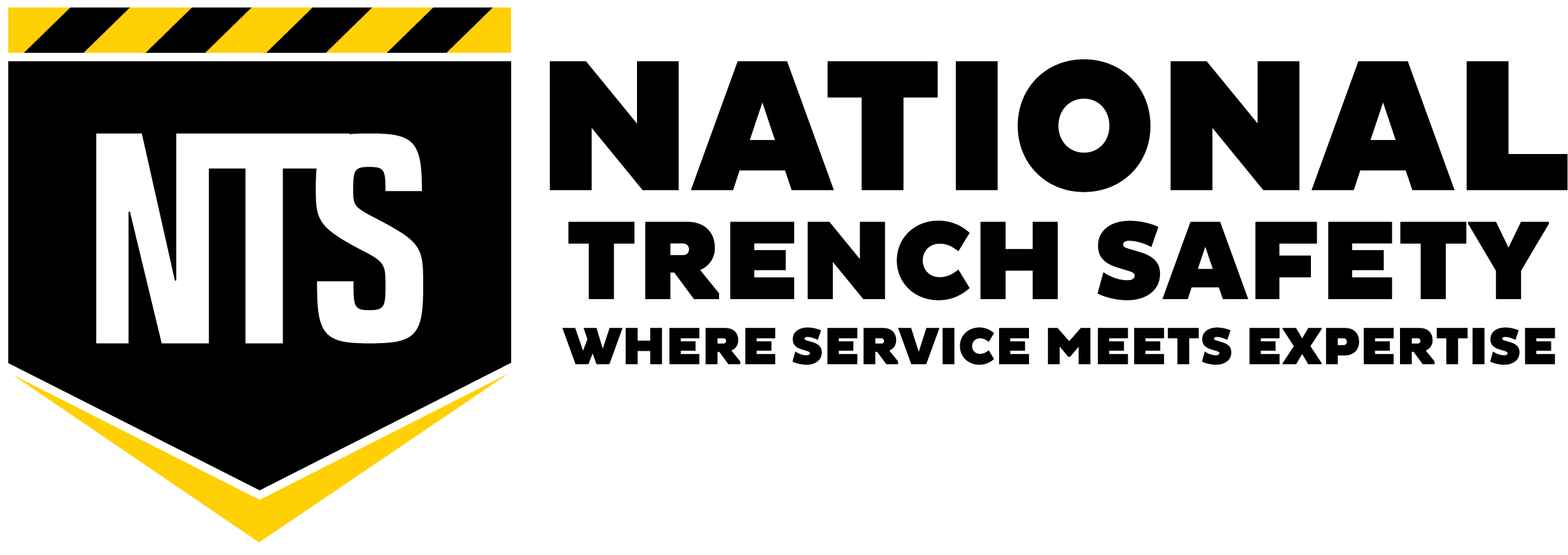May 1, 2007
Change is always a threat and a few years ago many companies who made a living supporting the established opentrench industry worried about how much business would be lost to contractors adopting the new trenchless technology methodology. Fortunately, such fears were unfounded and the two industries have flourished and grown together.Today,many shoring and shielding products are commonly found on a variety of trenchless projects.
In the trench safety industry,we commonly talk about the three Ss: shoring, shielding and sloping. In the trenchless technology arena, only sloping is not commonly used. One of the key benefits of using trenchless technology is the minimal disruption to existing infrastructure. This reason alone usually excludes the sloping of trench walls.
Trench shields are static devices used to protect workers in an excavation. Trench shields are commonly used on larger boring projects to create bore pits and receiving pits. Some of the advantages to using trench shields are (a) the wide variety of sizes of premanufactured shields (b) a large existing national rental fleet of trench shields in most markets and (c) industry accepted tabulated data that makes choosing the right trench shield for a project a simple process.
The main disadvantage to the use of trench shields is their weight and the size of the support equipment (excavator or crane) that is required to build and place the trench shields. For smaller pits, lightweight aluminum shields and modular aluminum panel products require smaller support equipment and in some cases, these products can be built and installed by hand. An important fact to keep in mind is that shielding products primary purpose is to protect personnel inside the shield; shielding products do not normally protect adjacent property or infrastructure from possible movement and potential damage.
Shoring systems mechanically and or hydraulically apply pressures or loads on the walls of an excavation.The proper selection and use of shoring products will help eliminate the movement of the trench walls while also providing the required protection for personnel working in the trench or excavation.Shoring devices can encompass everything from heavy timber uprights with internal wales, steel sheet piles driven to grade, aluminum hydraulic shores and large hydraulic brace systems to name a few.
Modern engineered shoring systems such as slide rail systems and hydraulic bracing systems can be used to create large bore and receiving pits of virtually any size or depth while protecting workers and any adjacent structures. Another advantage to these type systems is they are generally installed as the trench or pit is being excavated. Ron Chilton is president and CEO of National Trench Safety LLC, Houston.
As published in the May 2007 Trenchless Technology Magazine




